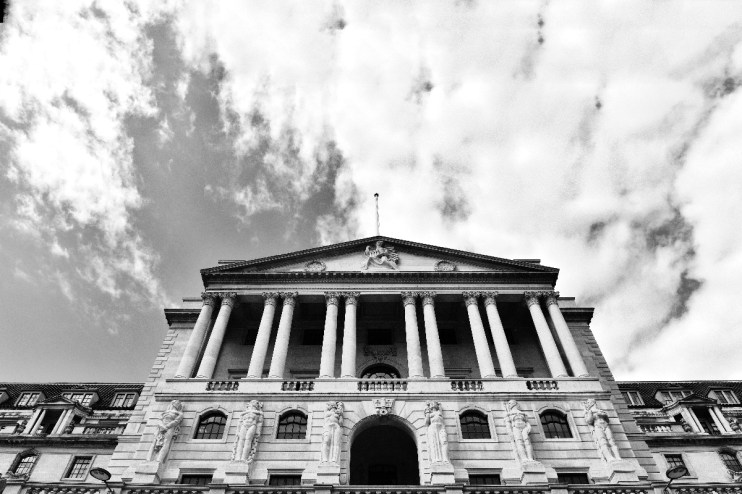Bank of England right to be cautious after cutting interest rates

At long last the Bank of England has cut interest rates, but investors should not convince themselves that multiple interest rate cuts are now on the way.
The decision to reduce the Bank Rate by 25 basis points was, as many commentators have suggested, a hawkish cut and the headline decision obscures a deep debate about the likely stubbornness of inflationary pressures in the months and years ahead.
These debates are reflected in a new framework, laid out by Governor Andrew Bailey, which the Bank of England will use to approach its future decisions.
Rather than putting lots of emphasis on particular data points, like services inflation and wage growth, Andrew Bailey suggested that policymakers were attempting to make proactive forward looking judgements about the likely path of inflation
“What matters for our policy decisions is the accumulation of evidence about the medium term outlook for inflation,” he said.
Of course, the previous focus on measures such as services inflation and wage growth did not come at the exclusion of wider considerations, but in a sense the priority has been reversed.
In a more unpredictable environment, certain indicators took on greater importance for what they could say about the broader economic outlook.
Now there is a greater degree of certainty, so the question is whether individual data points meaningfully change the existing outlook.
Put another way, the Bank of England is more confident than it used to be that its forecasts are giving an accurate impression of the likely path of inflation.
Nevertheless, different members of the Monetary Policy Committee (MPC) clearly have different views on where the economy is now.
In the press conference, Bailey laid out three possible interpretations of the UK’s inflationary dynamics, possibilities which are not mutually exclusive.
The most benign is that further falls in inflation are essentially baked in as the global economy continues to correct itself from the range of shocks it faced post-pandemic.
Another view, still relatively benign, is that a period of tight monetary policy is needed to create some slack in the economy, allowing the more stubborn inflationary pressures to dissipate.
Broadly this seems like the view that the majority of MPC members put most weight on.
But there is a more pessimistic scenario, which suggests there have been some structural changes to the economy in the wake of the range of shocks it has faced over the past few years.
As Bailey put it in the press conference, the economy could have gone through “a more permanent change to wage and price setting which would require monetary policy to remain tighter for longer”.
These possible changes include a higher ‘neutral’ rate of unemployment, which would require more people to be out of work to keep inflation under control, and a fall in potential output.
This is the scenario which the more hawkish MPC members put more weight on. Those on the MPC who voted to leave rates on hold warned that underlying inflationary pressures appeared “more entrenched”.
The MPC as a whole clearly takes this risk seriously. Although the Bank’s latest projections have inflation falling below the two per cent target in 2026, the forecasts are skewed somewhat to the upside reflecting “more persistence in domestic wage and price-setting”.
At the moment, this is a risk. Slowly but surely, it seems inflation is edging lower.
But it is by no means certain that the economy has not experienced deeper changes. The Bank would be wise to wait before moving more decisively.